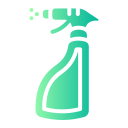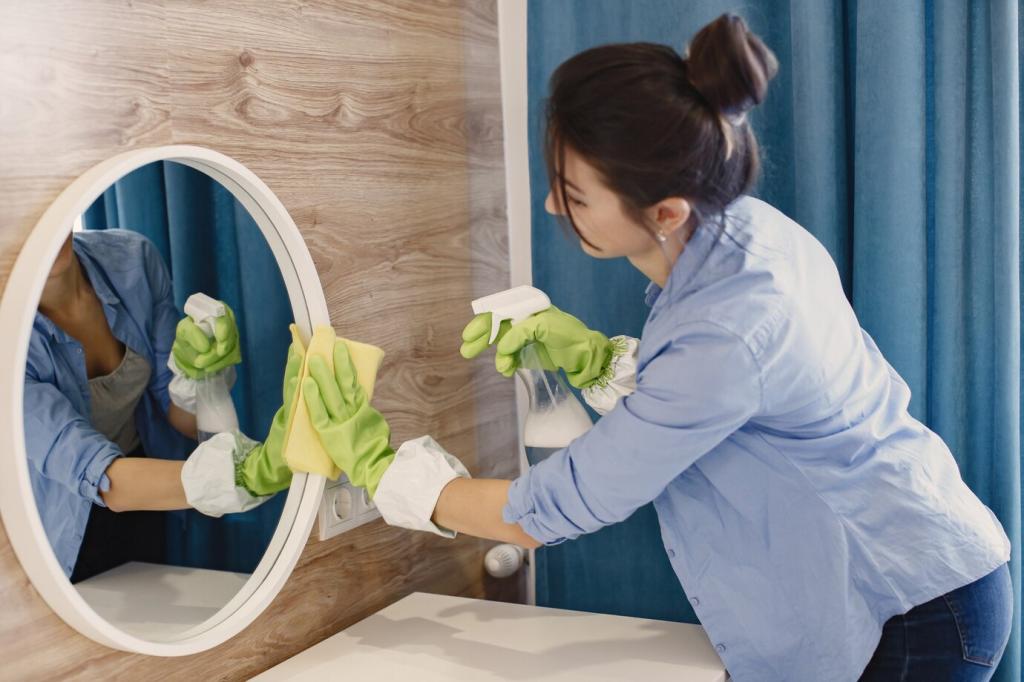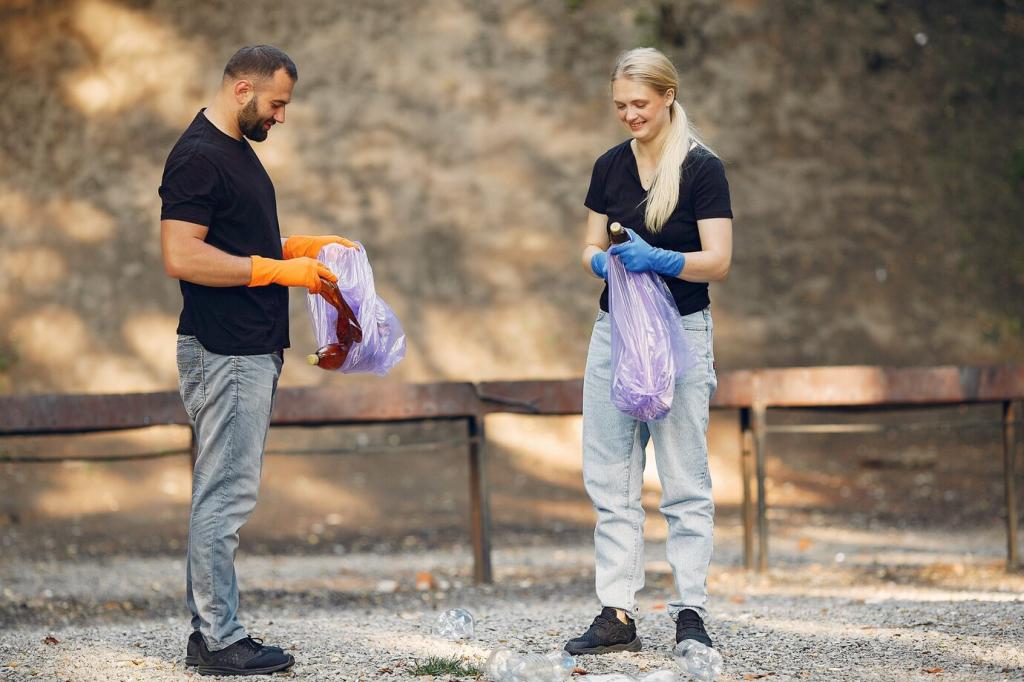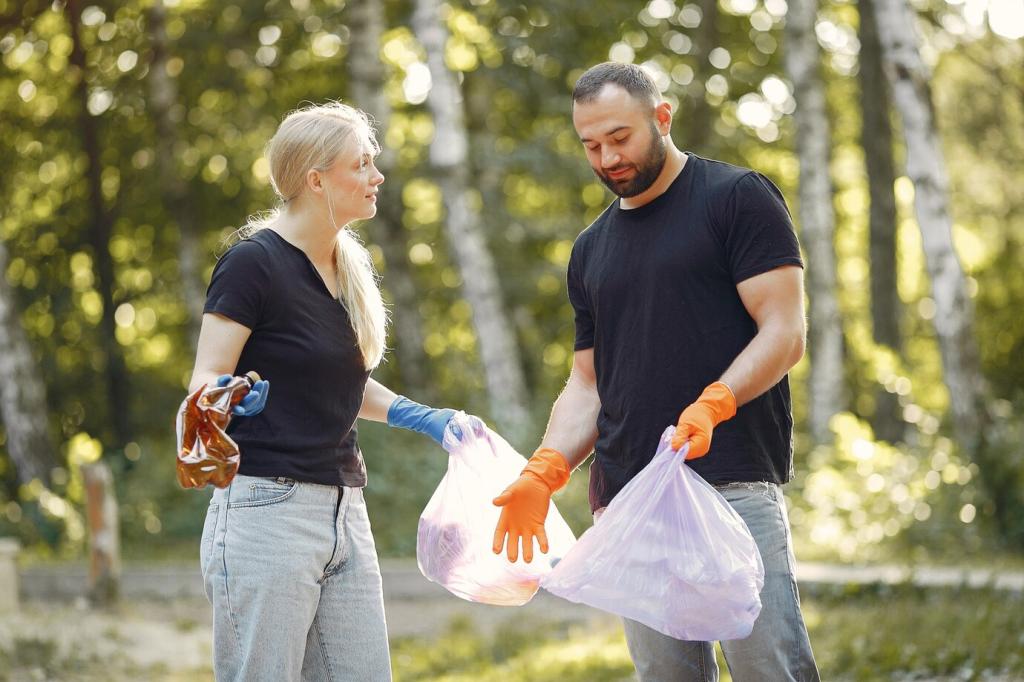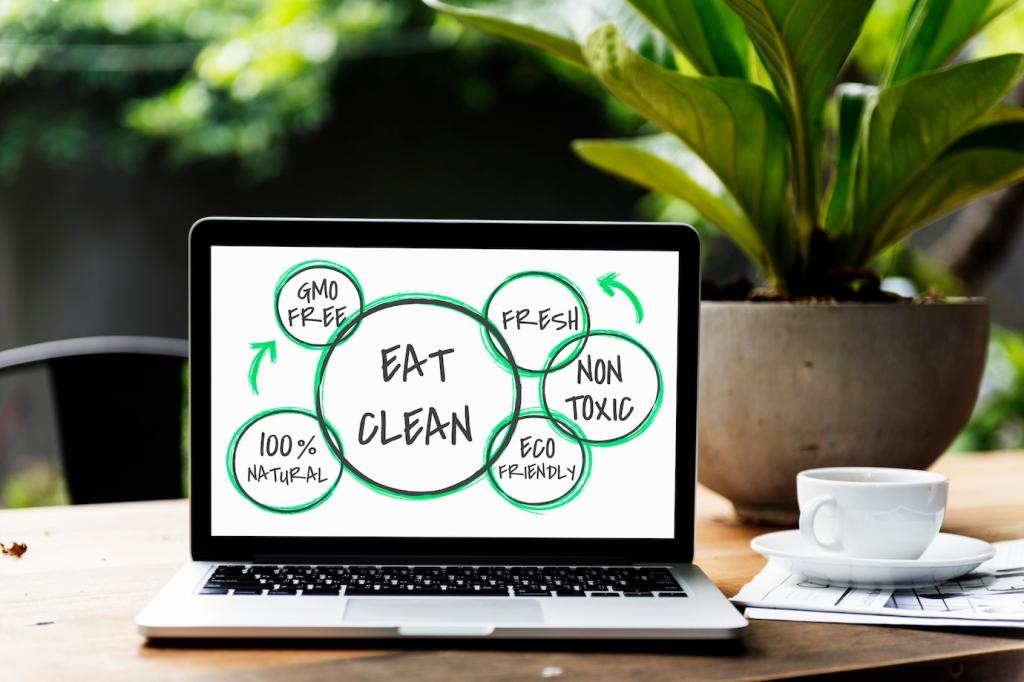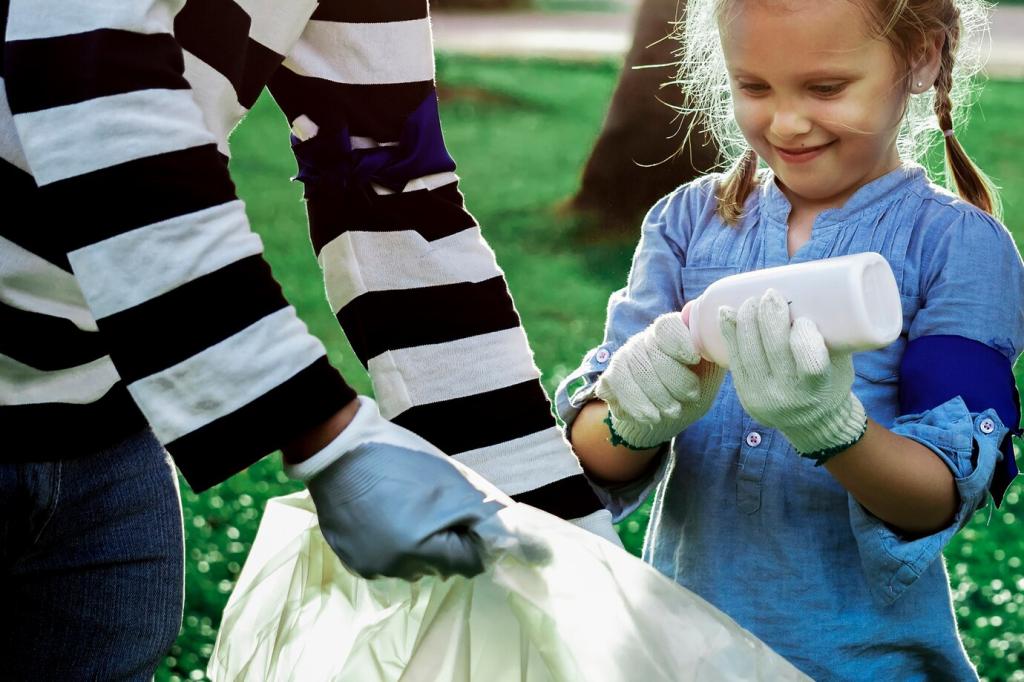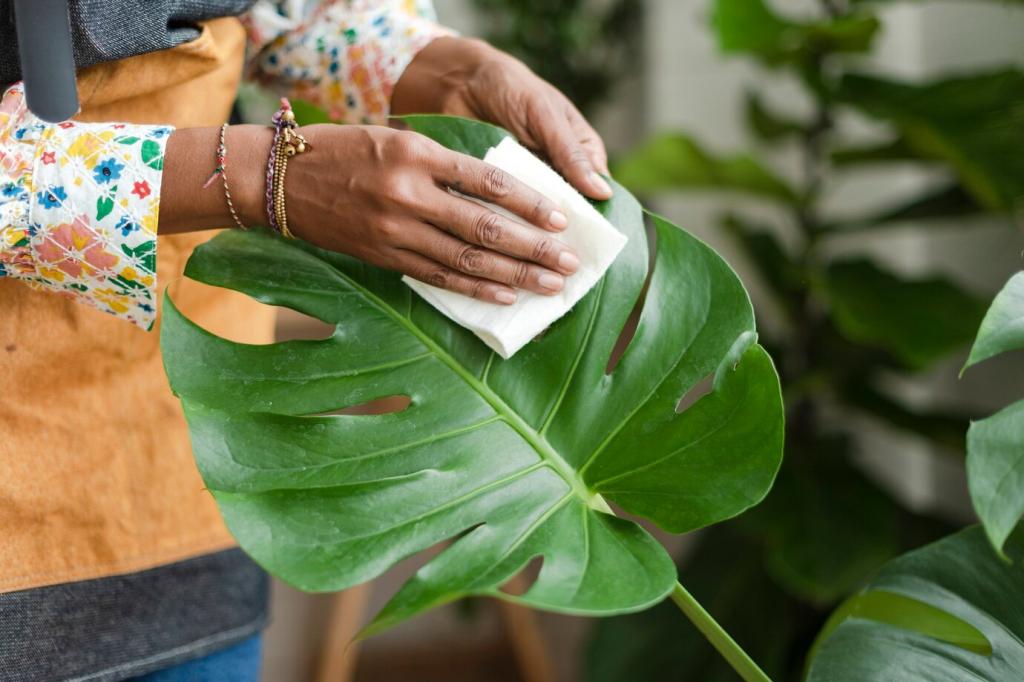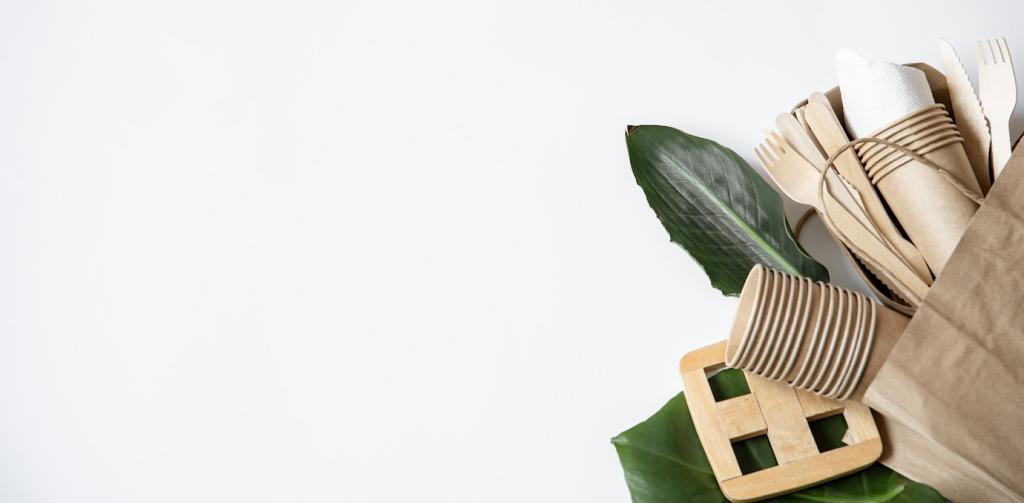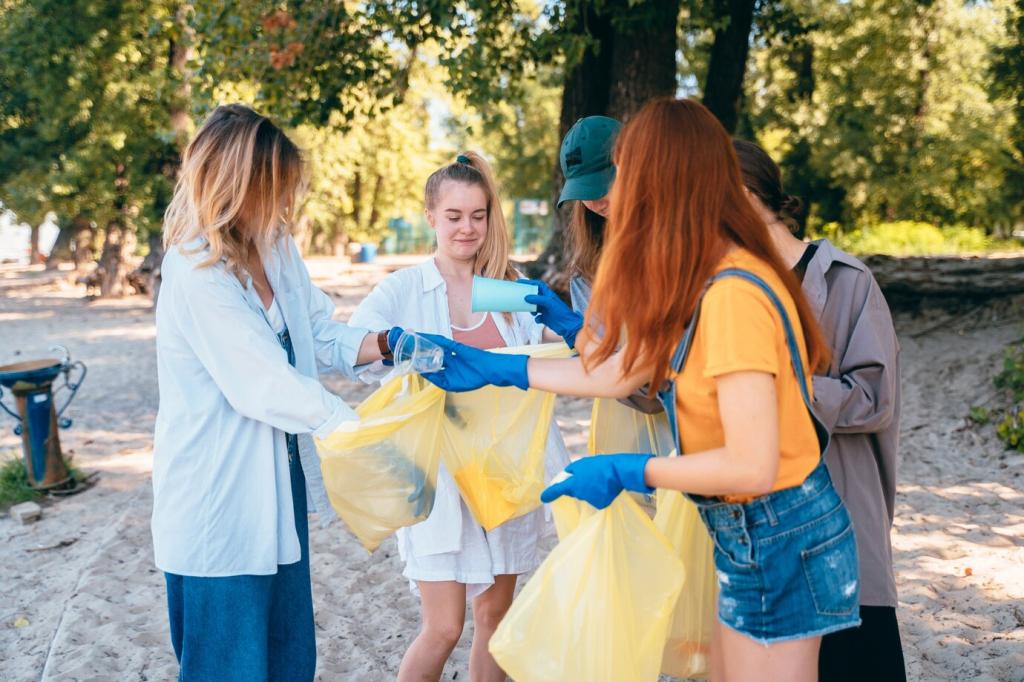Safety, Storage, and Smart Habits
Test new products on an inconspicuous spot, especially painted finishes, natural stone, or lacquered wood. Read manufacturer care guides for specialty surfaces. Matching the cleaner to the material prevents dull spots, etching, or unnecessary wear over time.
Safety, Storage, and Smart Habits
Store concentrates out of reach, use child‑resistant sprayers, and never mix cleaners. Avoid combining vinegar with bleach or hydrogen peroxide. Ventilate during use and label everything clearly so guests or kids do not guess what is inside a bottle.
